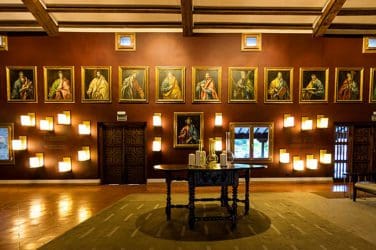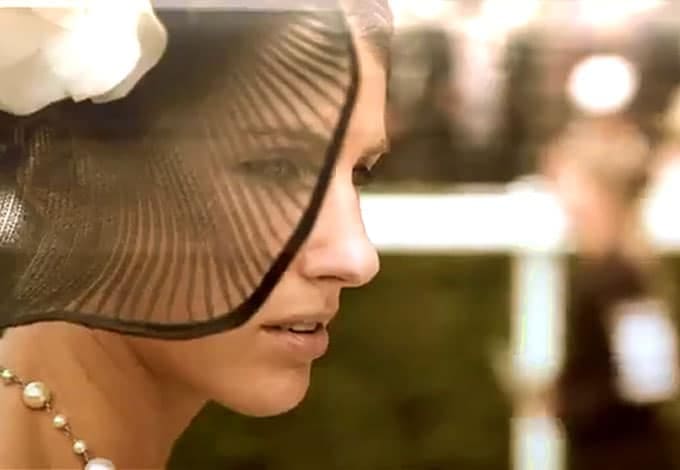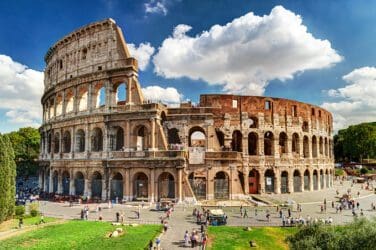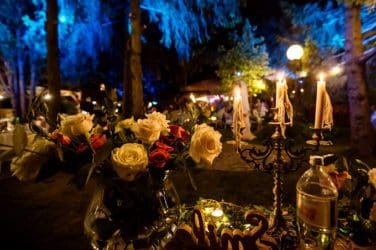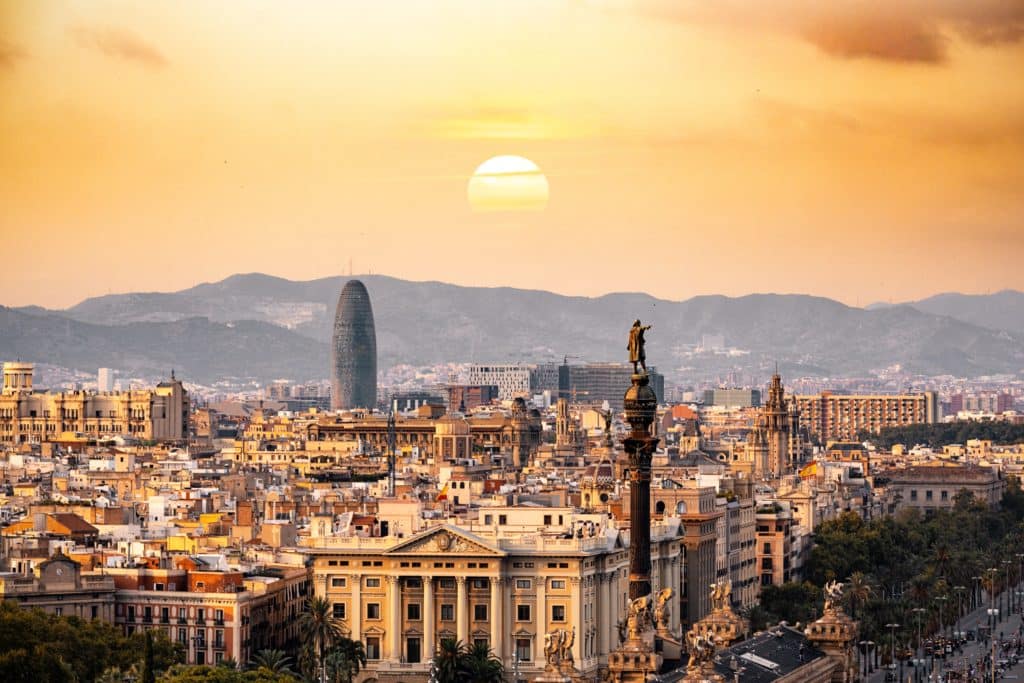
Heaving with tapas bars, a resurgent craft beer movement, and those tiny places on the corner that insist upon serving you a pint of Pedro Ximenez and a fistful of fuet for €1.10: there are many reasons why Barcelona is one of the most popular destinations in the world.
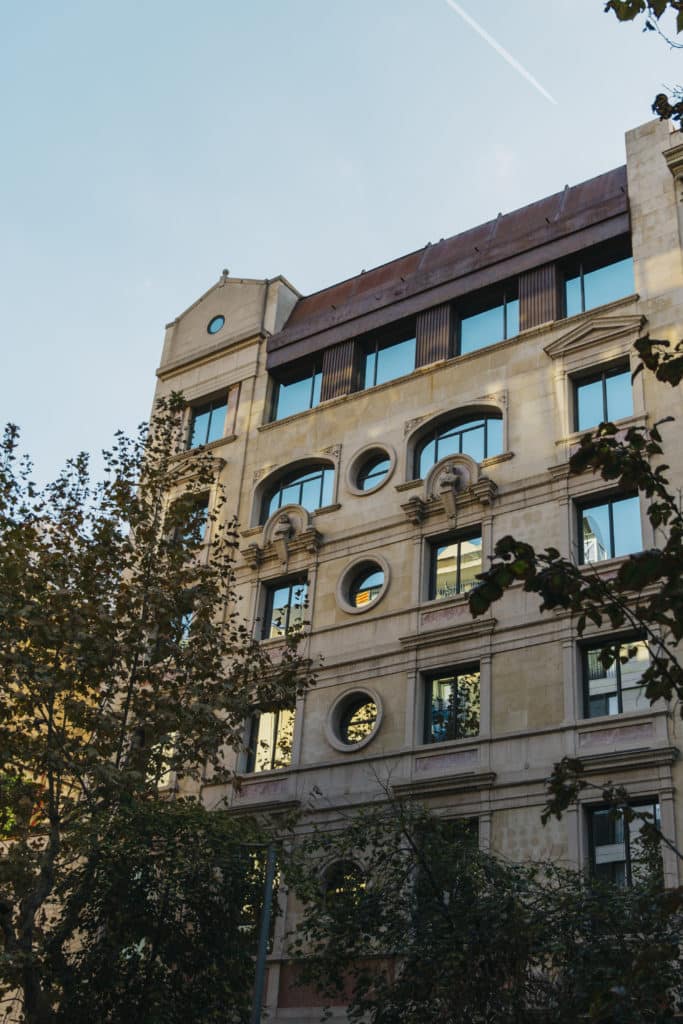
Granados 83 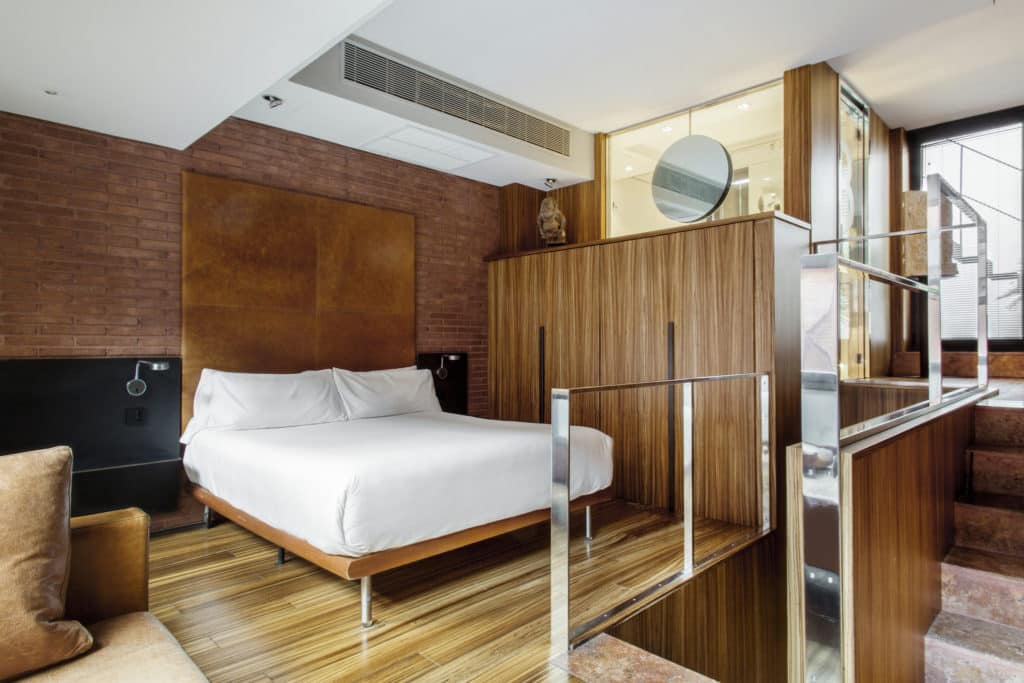
Comfort and style: Granados’ bedrooms 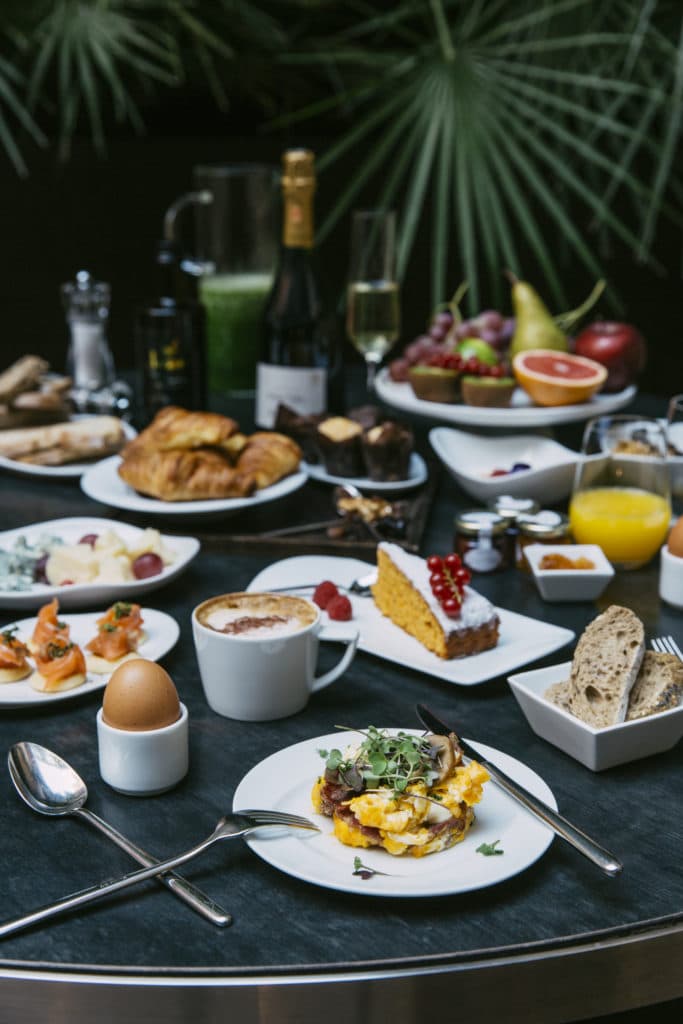
Breakfast at Granados 83 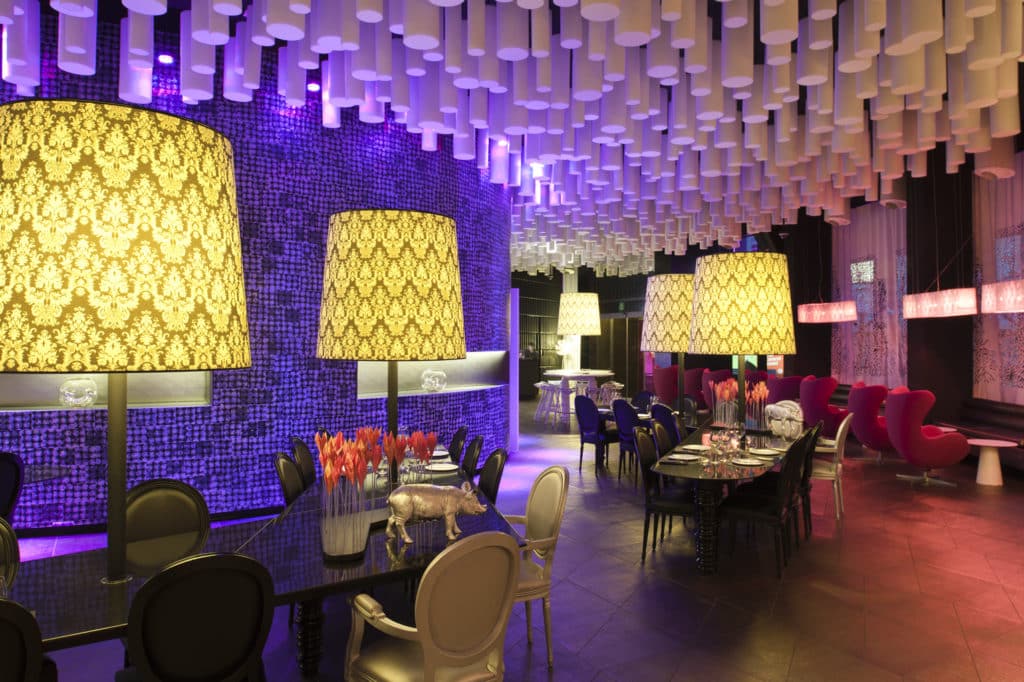
Barcelo Raval 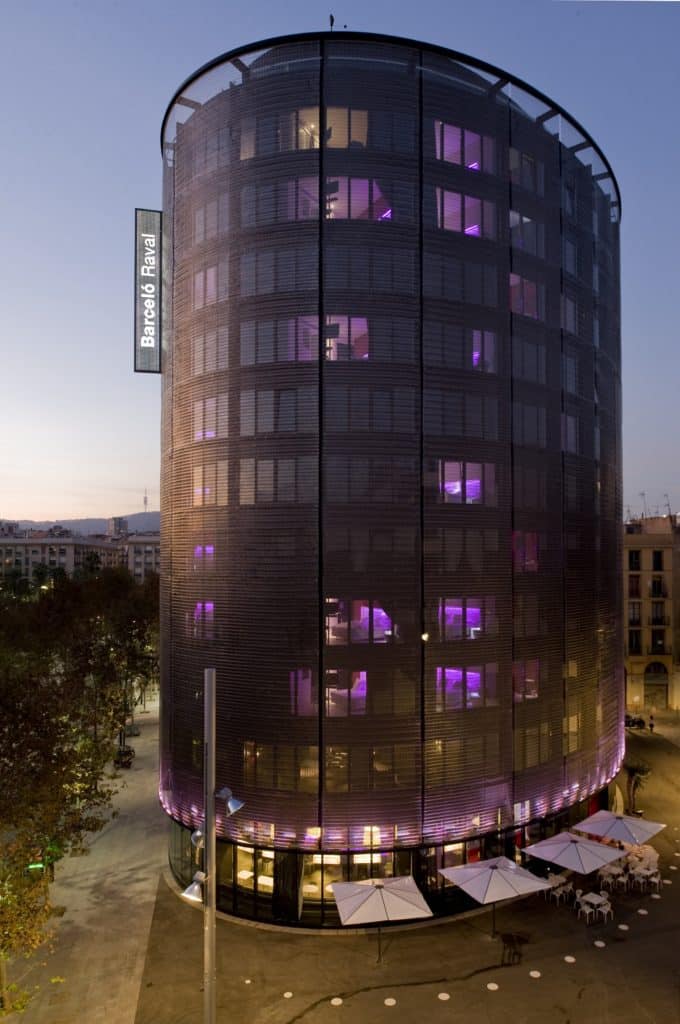
Outside Barcelo Raval 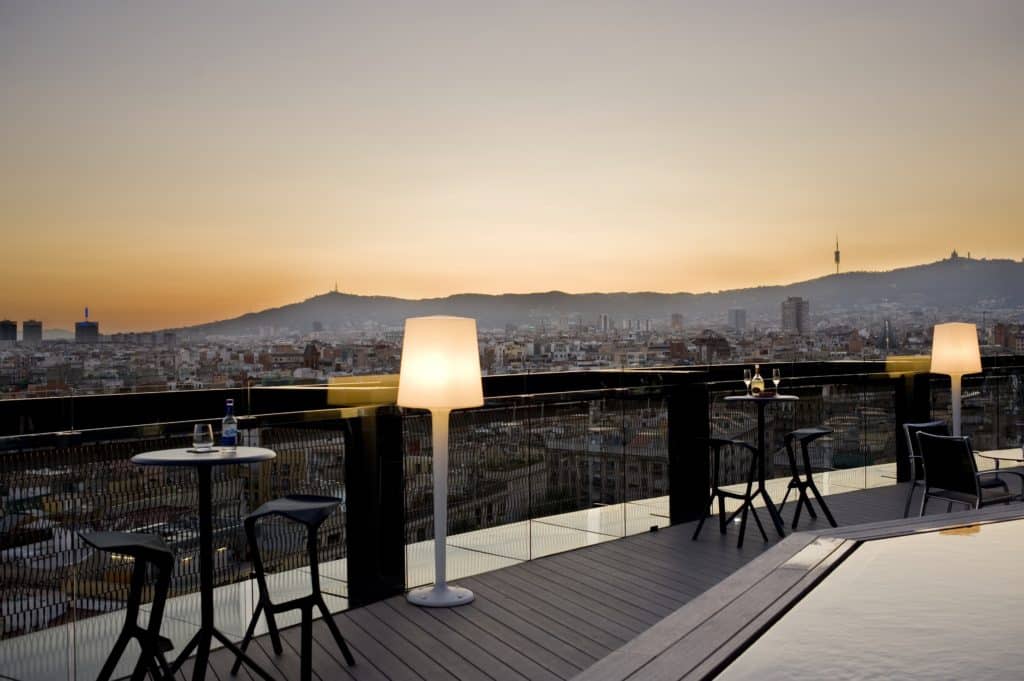
Raval’s terrace
Arriving in late spring, we manage to get lost in Biercab (conveniently on Péché Day, a beer-lovers celebration when Montreal heavy-weight’s Dieu de Ciel globally release a cacophony of vicious stouts), before stumbling headfirst into local brewery Garage to lounge on a bar-stools and bury ourselves into a sharp IPA.
The temptation in Barcelona is to traipse straight to Ramblas and le Gotic and lose yourself in the tourist herd. But outside from the orbit of the hawkers and pickpockets, Eixample (pronounced ‘eshampla’) is a local corner, with lovers whispering in Catalan to one another over tapas, and laundry draped over Juliette balconies. The tempo here is as high as Ramblas, but there is a richer timbre.
Like much of Barcelona, Eixample has a rigid urban formed pockmarked by examples of truly outstanding architecture. Eixample’s streets have a consistency that you don’t typically find in historical European cities.
Precisely 520 blocks of parallel and perpendicular lines, of uniform heights, of consistent texture, architecture and form, creating a textured similarity to the gridiron pattern of American cities. Not that that’s an accurate comparison.
Designed in the 1800s by Catalan urban planner Ildefons Cerdà, there is a delicacy to the structure of Eixample. Chamfered corners on all the buildings promote circulation into the streets, creating natural plazas for congregation and cafes. The city is orientated north-west by south-west to maximize the sunlight into the 19th century apartments.
A mixture of one-way roads, segregation between pedestrian, cyclist and vehicle, and a wealth of greenery create a walkable, livable space. Streets mingle residential use with shops, markets, and bars, predating the modern urbanism that is sweeping through cities today, and naturally creating a walkable city that feels like somewhere you can get lost in.
Nestled deep in this enclave is the Granados 83, a hotel that feels shrouded in ritual as much as brickwork. Part of the Derby Hotels Group, each room comes with complimentary access to a nearby art museum maintained by the owners, whose collections adorn the hotel’s walls in elegant frieze. A panoply of artefacts salvaged from the corners of the globe are exposed in sharp relief, from Roman mosaics to carved Khmer sculpture. A red-panelled restaurant nestles in its belly, serving the requisite breakfast and evening fare.
The rooms are a frieze of panelled wood jigsawed into place, giving them the feel of a gallery. An Egyptian arch here, a Hindu sculpture there. Plush, design-led leather sofas are burrowed into the corners, with a rather obtuse television screen the single departure from aesthetic chic. The doorman insists on learning my name as I wander out to haunt the neighbourhood, resisting the urge to pass myself off as a local.
Further south, the reclaimed district of Raval gleams both monotonously and sharply against the opulence of Rambla. This is a boisterous neighbourhood, the product of increased gentrification of an area that was originally a ‘no-go’ in the city. One turning point was the construction of the futuristic, soaring Barcélo Raval – a self-styled ‘adult hotel’ that sits looming over El Gat de Botero, built in 2008 as part of the redevelopment of the Barrio Chino (Chinese District). A 360-degree rooftop terrace sits like a squat donut on top of the 37-meter building, providing panoramic views of the teeming people below.
A glossy black stallion greets you in a reception area redolent with pink leather and neon. Music thuds dully through the kaleidoscopic space, with a congregation well into their third drink as we arrive in the late morning. The rooms come with personalized ‘his’ and ‘hers’ bags, the contents of which I won’t disclose but include branded paraphernalia as well as the usual assortment of sweet toiletries. The curtain is automated, the bed has rounded corners. This is excitement of a different sort.
Stroll out from Barcelo, and you’re moments from Ramblas, but head forward as opposed to turning back on yourself and wander ‘til you find El Pachuco, a hole in the wall place on Carrer de Sant Pau. Queues of drinking urbanites spill onto the street, waiting for one of the cramped tables inside for truly transcendental Mexican food, dripping with hot grease and chili. Fiery chilorio is a thing of true beauty that stacks up to any Mexican dish I’ve eaten in Europe, swaddled between pillowy flour tortillas.
In the morning, with your hangover in hand, retrace your steps and pace a little further to find Federal. With scattered cafés to either side, it may not seem as ubiquitous as it once did when they were the first outpost of their kind in Raval. Grab an excellent, Aussie-brewed coffee, and watch life spin through the lesser-known parts of this city pulsing, racing city.
Explore Barcelona’s coolest neighbourhoods – book your stay at Granados 83 and Barcélo Raval now


